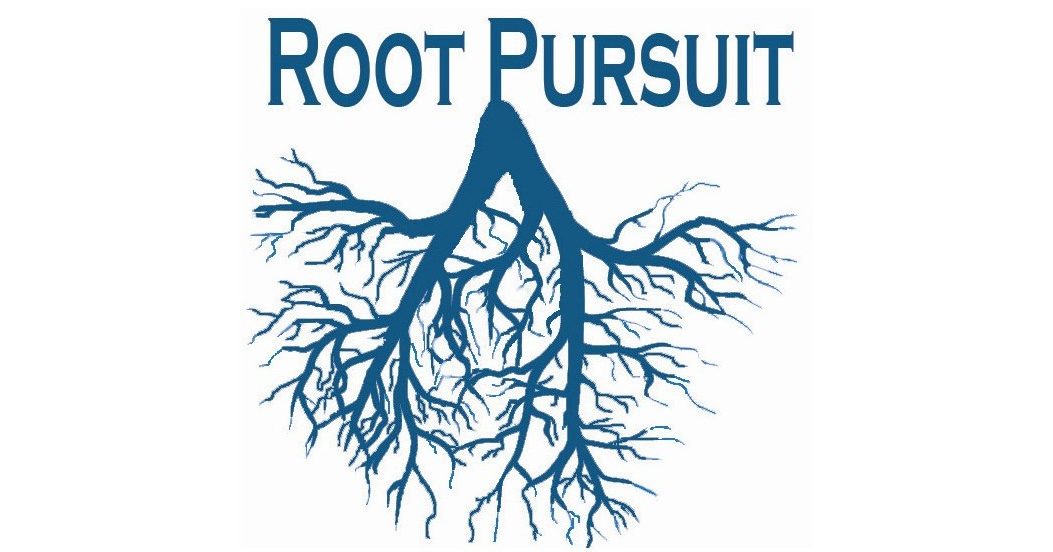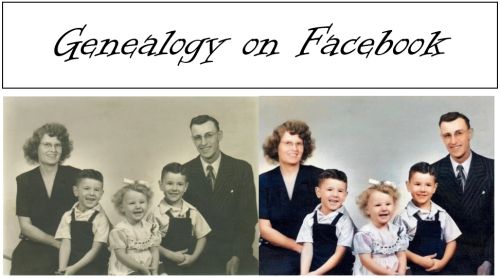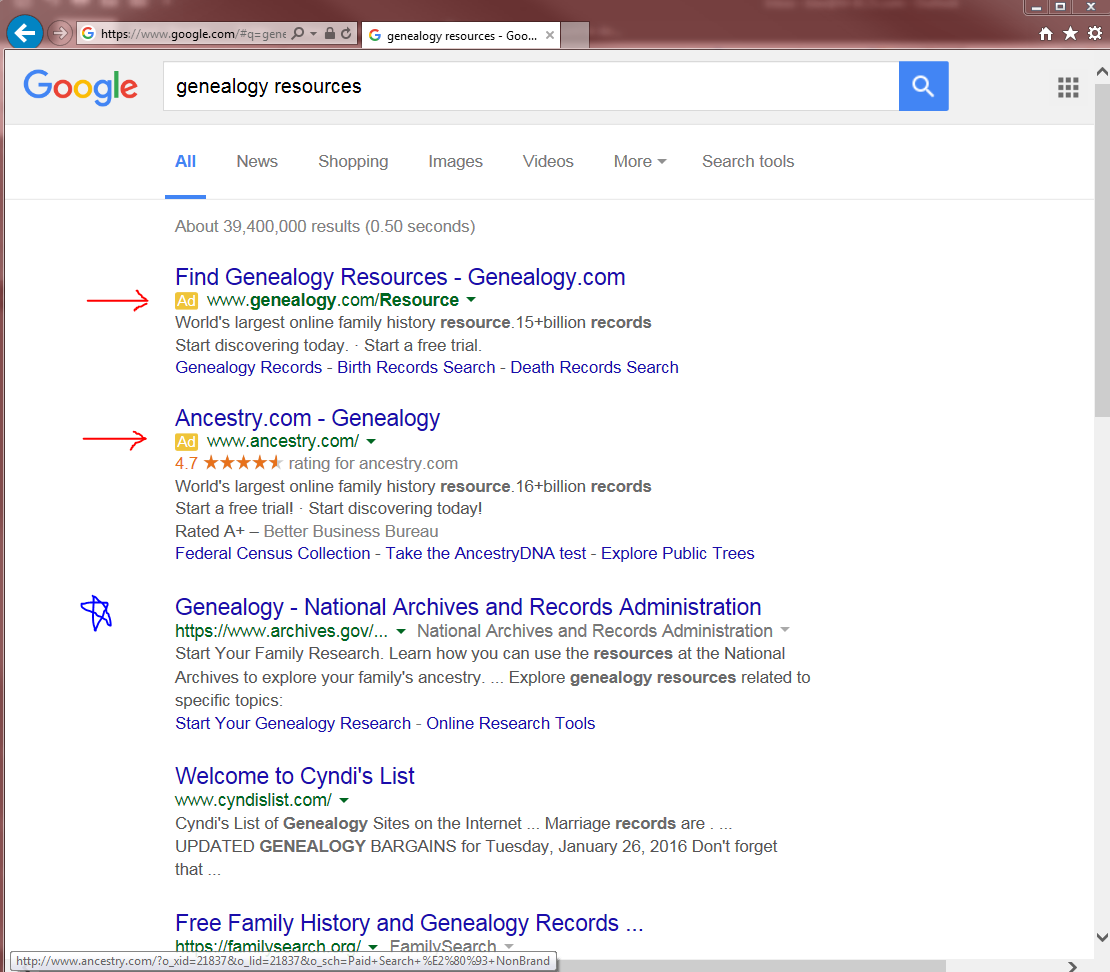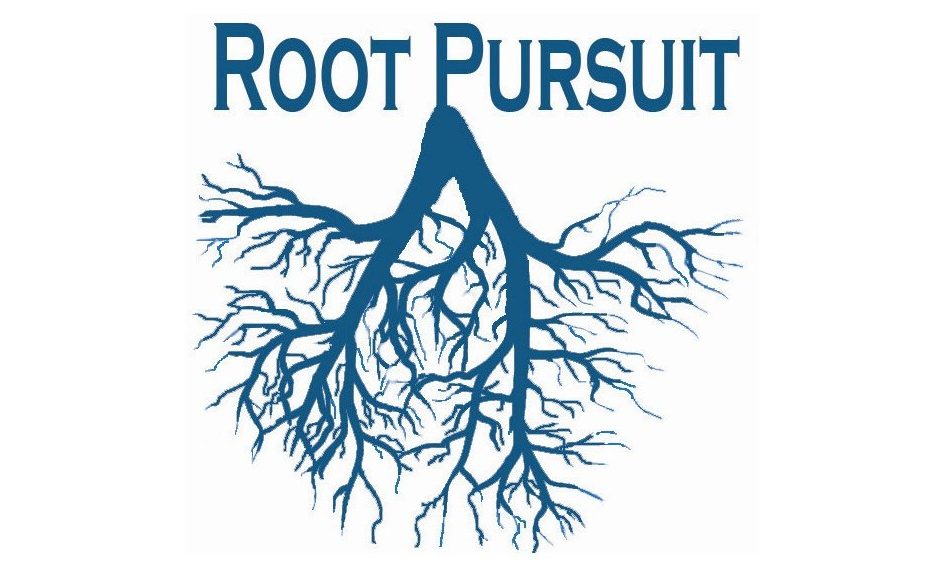Research Recap
An effective search strategy for people living after 1940. It could be used to find long lost relatives or finding those elusive obituaries.
- In Google, enter any names that you have followed by the search term, ‘obituary.’
- Currently, most people have unlisted cell phones, and a general absence of landlines, so it may be necessary to use Twitter and Facebook as your directories.
- You must be ‘connected’, ‘friends’, or ‘followed’ by someone in order to send a private message on Twitter and Facebook. This means you can send, but they might not get it, and with Facebook, you won’t get an error message about it.
- An advantage to Twitter is that you can send public messages. This could be a problem for someone who doesn’t necessarily want their private details and search for information to be made public.
- Most obituaries – that are searchable on Google – tend to be from obituaries published in the last fifteen years.
Read this inspiring story…
Since starting my website, RootPursuit, I have been sharing information on family history research. However, this journey took an unexpected turn on Twitter, when a fellow Tweeter replied to a post of mine. This person stated that she couldn’t research her own ancestry because she was adopted, and she was searching for her birth parents. I felt bad for her, and I wondered if there was some way I could help her. I decided to contact her again – asking if there was anything I could do to help. I said that I didn’t know much about adoption, but I was good at searching for records on the Internet.
This is how it began.
She replied back to me and shared all of the information she had learned from her adoption, social worker. It wasn’t much. She told me she had the names of her birth mother’s siblings and the names of three of her own siblings. I got excited, thinking this would be a good start. She sent me the details.
After reading her post with the names, my heart sank. She only had first names, and she didn’t know the first or last name of her birth mother.
However, I was determined not to give up. Looking over the names of her birth mother’s siblings, I decided to try a search strategy that had worked for me in the past. I typed all of the birth mother’s siblings into Google, then followed it up with one word “obituary.” This would exclude the majority of results that would have this random set of names that had nothing to do with each other. I hit enter and figured I would analyze the results so I could tweak my search again. However, something amazing happened. The very first result of my very first search was the obituary of a woman named Gladys Smith. It listed all of her children. There they were, right before my eyes.
This Gladys Smith was the maternal grandmother of my Twitter friend. I sent her the obituary and we both went through the process of comparing all the details she had gathered from her social worker to the obituary. Everything matched up.
The next step was to try and track down some of the relatives from the obituary. I didn’t realize tracking down living individuals would be so hard. She and I worked together to find possible contact information. It took us four long days to finally get through. It is crazy how someone can search for years, yet those four days seemed like an eternity. That was just how I felt, and I wasn’t the one looking for my birth parents. For my Twitter friend, this is just the beginning of her journey of reconnecting with her blood relatives, and I wish her the best of luck.
Update 3-2-2016: a Twitter friend has gotten into contact with her biological aunt! Good luck!




